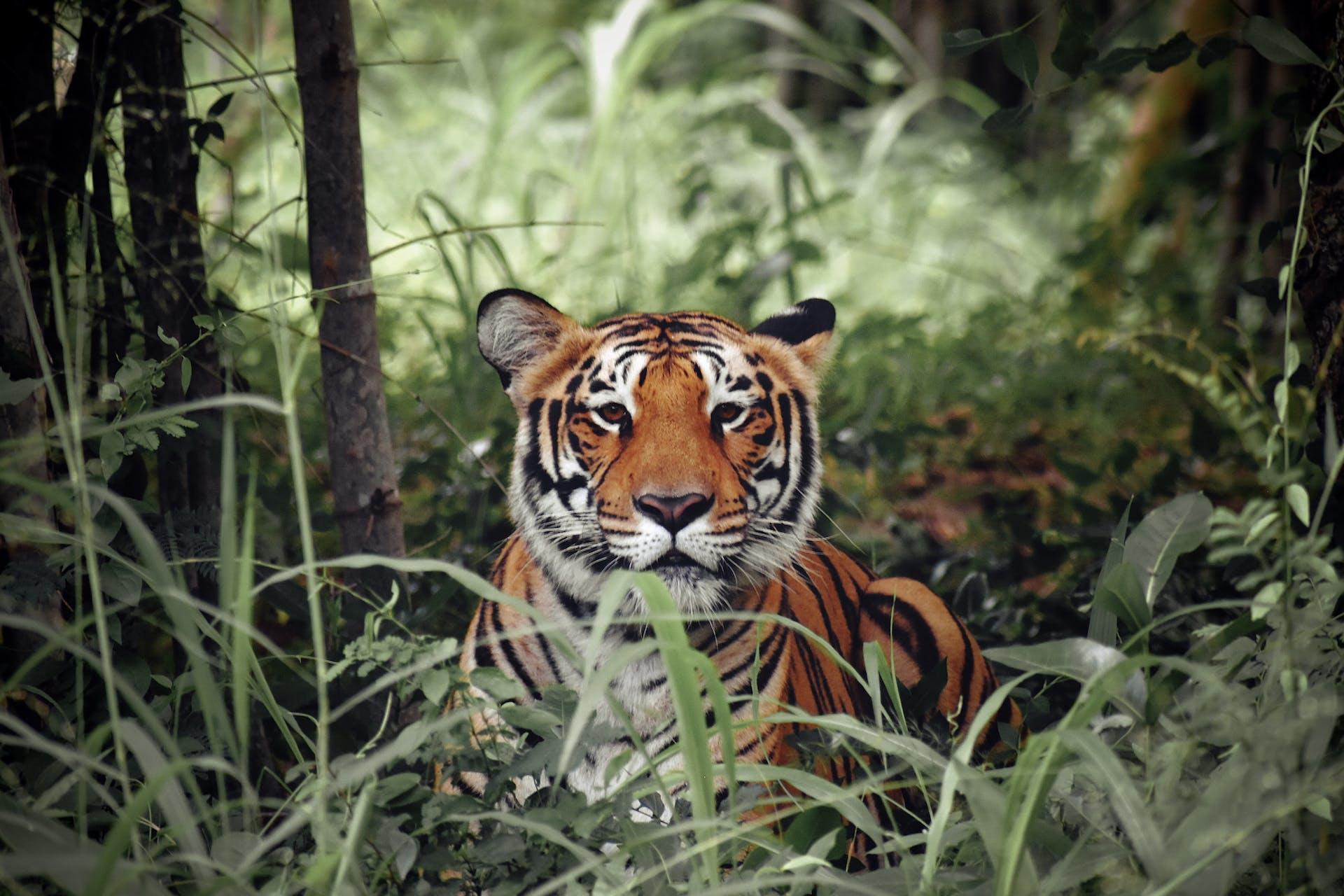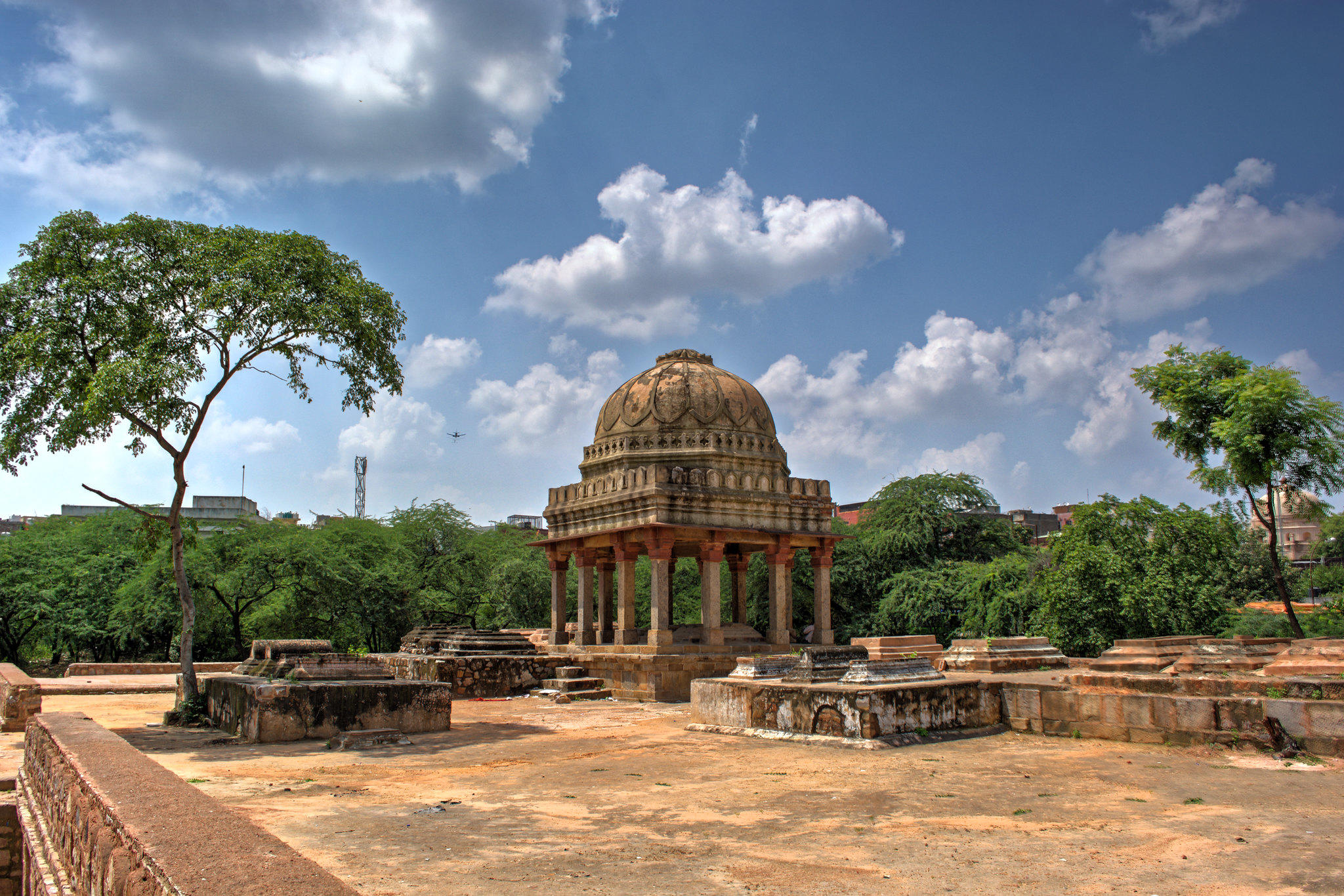India is a big, ecologically diverse country.
From the tundra and alpine environments high up in the Himalayas to the arid subtropics of the Thar Desert, to the extensive and diverse coastal regions, to the plateau grasslands, to the rainforests of the Ghats, there is just about any environment suited to an incredible swath of different animals and plants.
With the advent of agriculture and industry, these natural landscapes shrunk, causing a loss of habitat and therefore loss of animals. Hunting and poaching of animals like tigers and elephants have also caused populations of these animals and more to dwindle to dangerously low numbers.
To prevent extinction, the Indian Government and other entities have created many Wildlife Sanctuaries and National Parks intended to preserve natural habitats and the animals that live within them.
Here are 110 of the best Wildlife Sanctuaries in India to visit next time you’re looking for an exciting eco-tourism getaway!

Wildlife Reserves In India By State
There are hundreds of National Parks and Wildlife Sanctuaries all across India. Many of them specialize in the conservation of protected species like Bengal tigers, Asian elephants, one-horned rhinoceroses, Asiatic lions, snow leopards, Indian pangolins, various birds, and more!
The major Parks and Sanctuaries of the country are listed here.
| State | Name of Park or Sanctuary | |
|---|---|---|
| 1 | Andhra Pradesh | Campbell Bay National Park |
| 2 | Galathea Bay National Park | |
| 3 | Mahatma Gandhi Marine (Wandoor) National Park | |
| 4 | Middle Button Island National Park | |
| 5 | Mount Harriet National Park | |
| 6 | North Button Island National Park | |
| 7 | Rani Jhansi Marine National Park | |
| 8 | Saddle Peak National Park | |
| 9 | South Button Island National Park | |
| 10 | Andhra Pradesh | Papikonda National Park |
| 11 | Rajiv Gandhi (Rameswaram) National Park | |
| 12 | Sri Venkateswara National Park | |
| 13 | Arunachal Pradesh | Mouling National Park |
| 14 | Namdapha National Park | |
| 15 | Assam | Dibru-Saikhowa National Park |
| 16 | Kaziranga National Park | |
| 17 | Manas National Park | |
| 18 | Nameri National Park | |
| 19 | Rajiv Gandhi Orang National Park | |
| 20 | Bihar | Valmiki National Park |
| 21 | Chhattisgarh | Guru Ghasidas (Sanjay) National Park |
| 22 | Indravati (Kutru) National Park | |
| 23 | Kanger Valley National Park | |
| 24 | Goa | Mollem National Park |
| 25 | Gujarat | Vansda National Park |
| 26 | Blackbuck (Velavadar) National Park | |
| 27 | Gir National Park | |
| 28 | Marine (Gulf of Kachchh) National Park | |
| 29 | Gir National Park and Wildlife Sanctuary | |
| 30 | Haryana | Kalesar National Park |
| 31 | SultaNational Parkour National Park | |
| 32 | Himachal Pradesh | Great Himalayan National Park |
| 33 | Inderkilla National Park | |
| 34 | Khirganga National Park | |
| 35 | Pin Valley National Park | |
| 36 | Simbalbara National Park | |
| 37 | Jammu and Kashmir | City Forest (Salim Ali) National Park |
| 38 | Dachigam National Park | |
| 39 | Kishtwar National Park | |
| 40 | Jharkhand | Betla National Park |
| 41 | Karnataka | Anshi National Park |
| 42 | Bandipur National Park | |
| 43 | Bannerghatta National Park | |
| 44 | Kudremukh National Park | |
| 45 | Nagarahole (Rajiv Gandhi) National Park | |
| 46 | Kerala | Anamudi Shola National Park |
| 47 | Eravikulam National Park | |
| 48 | Mathikettan Shola National Park | |
| 49 | Pampadum Shola National Park | |
| 50 | Periyar National Park | |
| 51 | Silent Valley National Park | |
| 52 | Chinnar Wildlife Sanctuary | |
| 53 | Periyar Wildlife Sanctuary | |
| 54 | Ladakh | Hemis National Park |
| 55 | Madhya Pradesh | Bandhavgarh National Park |
| 56 | Fossil National Park | |
| 57 | Indira Priyadarshini Pench National Park | |
| 58 | Kanha National Park | |
| 59 | Madhav National Park | |
| 60 | Panna National Park | |
| 61 | Sanjay National Park | |
| 62 | Satpura National Park | |
| 63 | Van Vihar National Park | |
| 64 | Maharashtra | Chandoli National Park |
| 65 | Gugamal National Park | |
| 66 | Nawegaon National Park | |
| 67 | Pench (Jawaharlal Nehru) National Park | |
| 68 | Sanjay Gandhi (Borivali) National Park | |
| 69 | Tadoba National Park | |
| 70 | Manipur | Keibul-Lamjao National Park |
| 71 | Meghalaya | Balphakram National Park |
| 72 | Nokrek Ridge National Park | |
| 73 | Mizoram | Murlen National Park |
| 74 | Phawngpui Blue Mountain National Park | |
| 75 | Nagaland | Intanki National Park |
| 76 | Odisha | Bhitarkanika National Park |
| 77 | Simlipal National Park | |
| 78 | Chilka Lake Bird Sanctuary | |
| 79 | Rajasthan | Mukundra Hills National Park |
| 80 | Desert National Park | |
| 81 | Keoladeo Ghana National Park | |
| 82 | Ranthambhore National Park | |
| 83 | Sariska National Park | |
| 84 | Bharatpur Bird Sanctuary | |
| 85 | Sikkim | Khangchendzonga National Park |
| 86 | Tamil Nadu | Guindy National Park |
| 87 | Gulf of Mannar Marine National Park | |
| 88 | Indira Gandhi (Annamalai) National Park | |
| 89 | Mudumalai National Park | |
| 90 | Mukurthi National Park | |
| 91 | Mudumalai Sanctuary | |
| 92 | Telangana | Kasu Brahmananda Reddy National Park |
| 93 | Mahavir Harina Vanasthali National Park | |
| 94 | Mrugavani National Park | |
| 95 | Tripura | Clouded Leopard National Park |
| 96 | Bison (Rajbari) National Park | |
| 97 | Uttar Pradesh | Dudhwa National Park |
| 98 | Uttarakhand | Corbett National Park |
| 99 | Gangotri National Park | |
| 100 | Govind National Park | |
| 101 | Nanda Devi National Park | |
| 102 | Rajaji National Park | |
| 103 | Valley of Flowers National Park | |
| 104 | Govind Wildlife Sanctuary | |
| 105 | West Bengal | Buxa National Park |
| 106 | Gorumara National Park | |
| 107 | Jaldapara National Park | |
| 108 | Neora Valley National Park | |
| 109 | Singalila National Park | |
| 110 | Sunderban National Park |
What’s the Difference Between a National Park and a Wildlife Sanctuary?
Both National Parks and Wildlife Sanctuaries have similar objectives regarding the land they steward over. The general aim of these conservation areas are:
- Protect wildlife from poaching and other human activities by providing safe habitat.
- Conserve flora and fauna
- Preserve the natural ecological and geological balance of the area.
- Provide local residents with the necessary resources to support their livelihoods.
- Preserve culture and tradition through wildlife.
- Balance biodiversity and sustainable development.
- Generate revenue through tourism and ecotourism to sustain the park.
- Contribute to the conservation of endangered species by working alongside local communities to enhance their economic potential, human capacity, and living conditions.
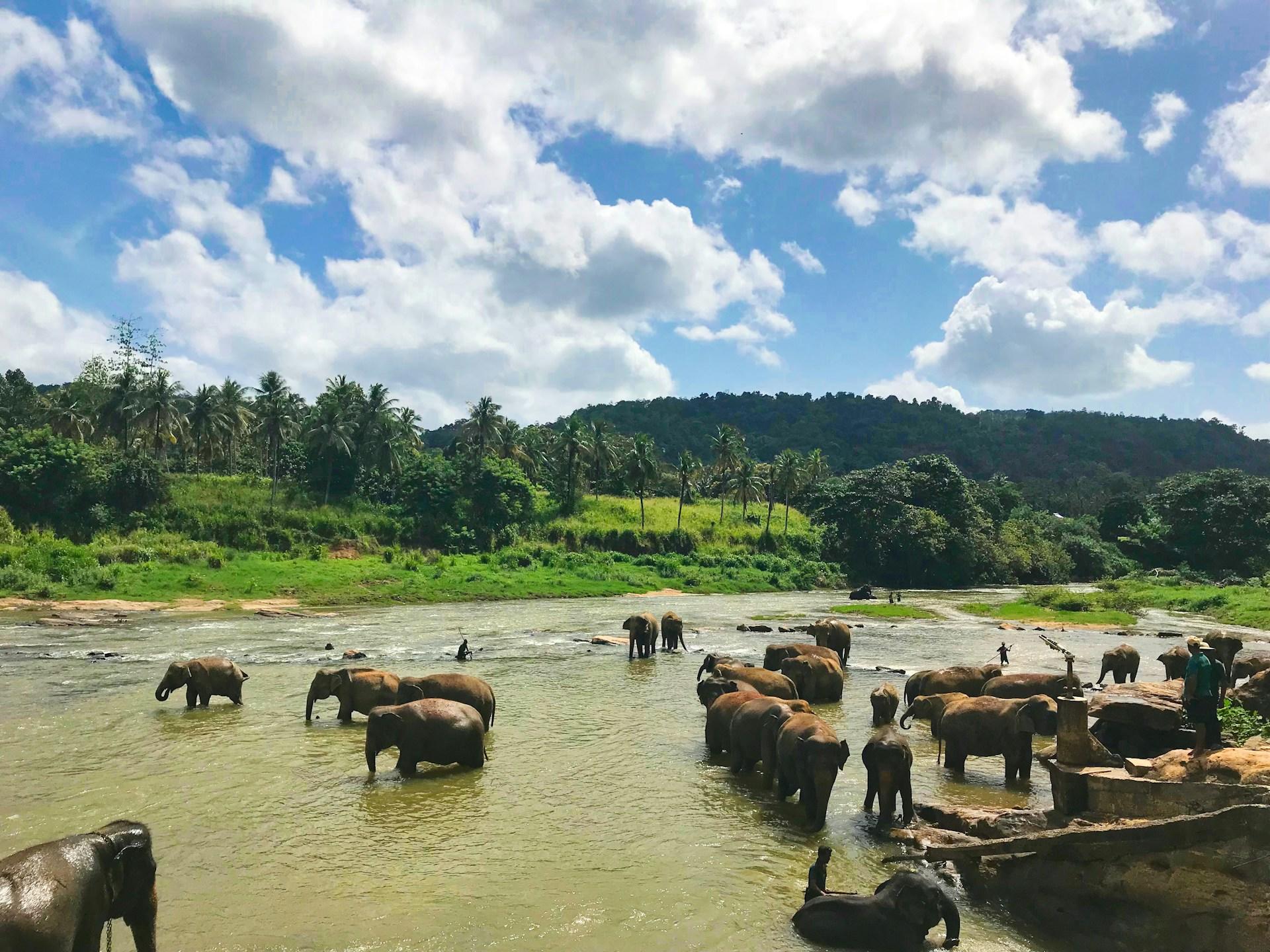
National Parks - History
Sometimes called ‘Reserves’ or ‘Reserve Forests,’ National Parks as a concept was first proposed in 1832 by George Catlin, an American lawyer and painter who was concerned with preserving the wildlife and Indigenous American culture of North America that were yet to be touched by the newly-arriving Europeans.
The first National Park was Yellowstone National Park, established in the United States in 1872.
The idea reached India sometime later, and eventually, the first Indian National Park was established: Hailey National Park in 1936. The name was changed in 1957 to Jim Corbett National Park after the British-Indian hunter, tracker, naturalist, and author who helped establish the park.
After the Wild Life Protection Act of 1972, National Parks have been easier to establish.
National Parks - Definition
In India, National Parks are areas strictly reserved for the conservation and proliferation of wildlife. Activities like forestry, grazing, and agriculture are not allowed, and private ownership is prohibited. One of the main goals of National Parks is to provide educational opportunities for the public through things like tours, educational exhibits, and recreation. Wildlife Sanctuaries may be public or privately owned.
According to the Wildlife Institute of India,
National Parks in India
square kilometres
of the total geographical area of the country
Wildlife Sanctuaries - History
Sanctuaries are also called ‘Reserves’ or ‘Preserves’ at times.
The history of Wildlife Sanctuaries is much older than National Parks. The idea was first brought into being in the 3rd century BCE when King Tissa of Ceylon established one of, if not the oldest, sanctuaries in the world. In modern times, the first reserve was established in 1821 when Charles Waterton, an English naturalist and explorer, walled off his West Yorkshire estate as a bird sanctuary.
In India, the first Wildlife Sanctuary to be created was Vedanthangal Bird Sanctuary, which started the process of becoming a sanctuary in 1796, but was only officially declared one in 1936.
After the Wild Life Protection Act of 1972, sanctuaries have been easier to establish.
Wildlife Sanctuaries - Definition
In India, Wildlife Sanctuaries are entirely protected areas housing important flora, fauna, or important and endangered geological features. The area is meant solely for conservation and/or research by professionals. The intention is to allow the animals to have a haven away from humans and human activities. This means that tourists and other people are not allowed to freely travel in these areas.
According to the Wildlife Institute of India,
Wildlife Sanctuaries in India
square kilometres
of the total geographical area of the country
National Parks and Sanctuaries Coexist
Many National Parks exist within the larger boundaries of Wildlife Sanctuaries. This way, The larger area is left mostly untouched by humans (except researchers and anti-poaching personnel) while only a small area is open to the public.
This allows the animals to move to areas away from the hustle and bustle of tourism if they want to and also helps keep the majority of the area pristine since the only place that will suffer from the erosion of footsteps and vehicles is the National Park area.
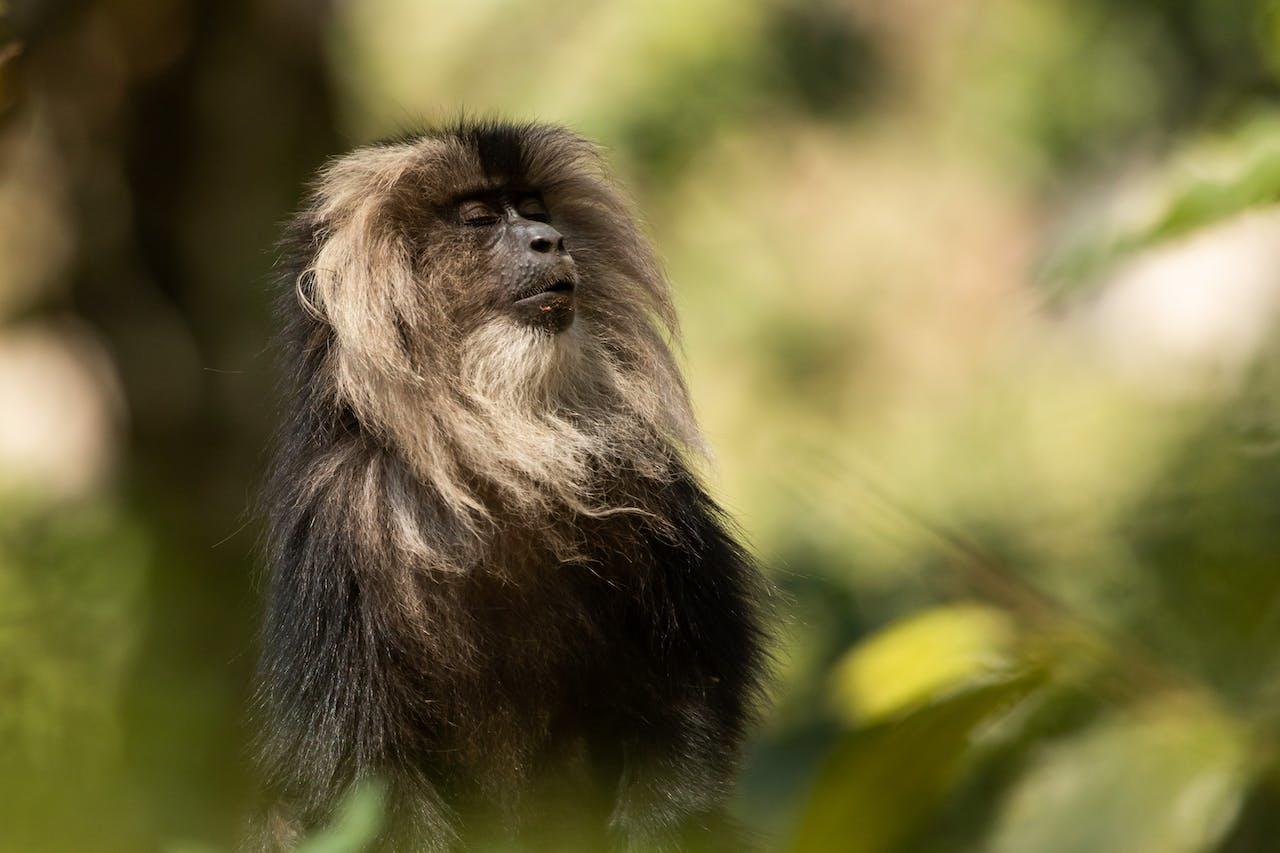
How Wildlife Sanctuaries and National Parks Help Animal Conservation
Wildlife Sanctuaries are crucial in the age of industrialization, agriculture, urban sprawl, and increasing human populations because sadly, without protections, they would undoubtedly be deforested and developed for livestock, crops, or development.
Unfortunately, the only thing keeping many plants and animals alive in the current world is strict laws.
Habitat Preservation and Restoration
Wildlife Sanctuaries allow plants and animals to naturally grow and reproduce in their natural habitats without human encroachment. They maintain the integrity of the ecosystem to support the growth of the populations contained within.
Endangered Species Protection
In instances where certain animals (and sometimes plants) are facing imminent extinction, humans may step in to implement breeding programmes to create a healthy population with a limited gene pool.
Since animals don’t know how to avoid in-breeding, scientists must create healthy family trees using the few individuals they have to work with.
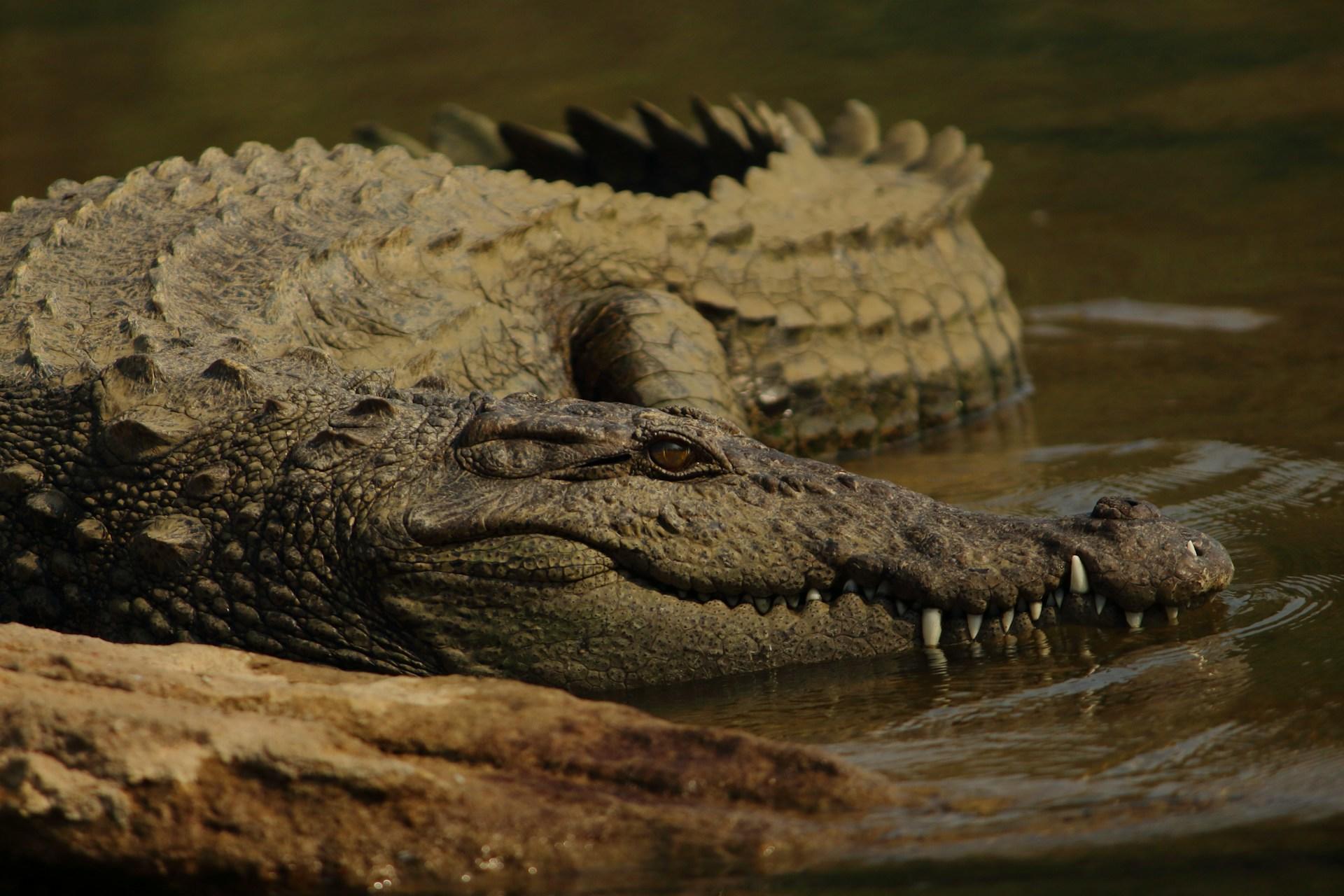
Research
Scientists can study the plants and animals in these preserved environments to discover important information about animal social structures, behaviours, diseases, and more. They can make better judgments on how to continue moving forward with conservation efforts based on what they see the ecosystem needs.
Education and Awareness
The public can be educated and engaged through tourism and other media created from these Parks and Reserves, like movies, TV shows, news articles, and other types of information. This helps keep the public interested in the health and conservation of these ecosystems; scientists can’t be the only ones in the world who care!
Additionally, NGOs and other entities work with local tribes and other indigenous peoples in these areas to help provide them with alternative means of livelihood and living so they do not need to hunt the animals in the preservations, as they may have been doing before. The goal of the organizations that do this is to try to mitigate the killing of endangered species while honouring tribal customs.
Fundraising for Conservation Projects
Money makes the world go round, and even the noble world of conservation isn’t free of this truth. Parks and Sanctuaries must be able to earn money from things like tourism, being featured in media like TV and movies, and donations and grants from individuals and organizations to maintain their facilities and pay staff. They must also put money towards research, breeding programmes, rehabilitation programmes, and education.
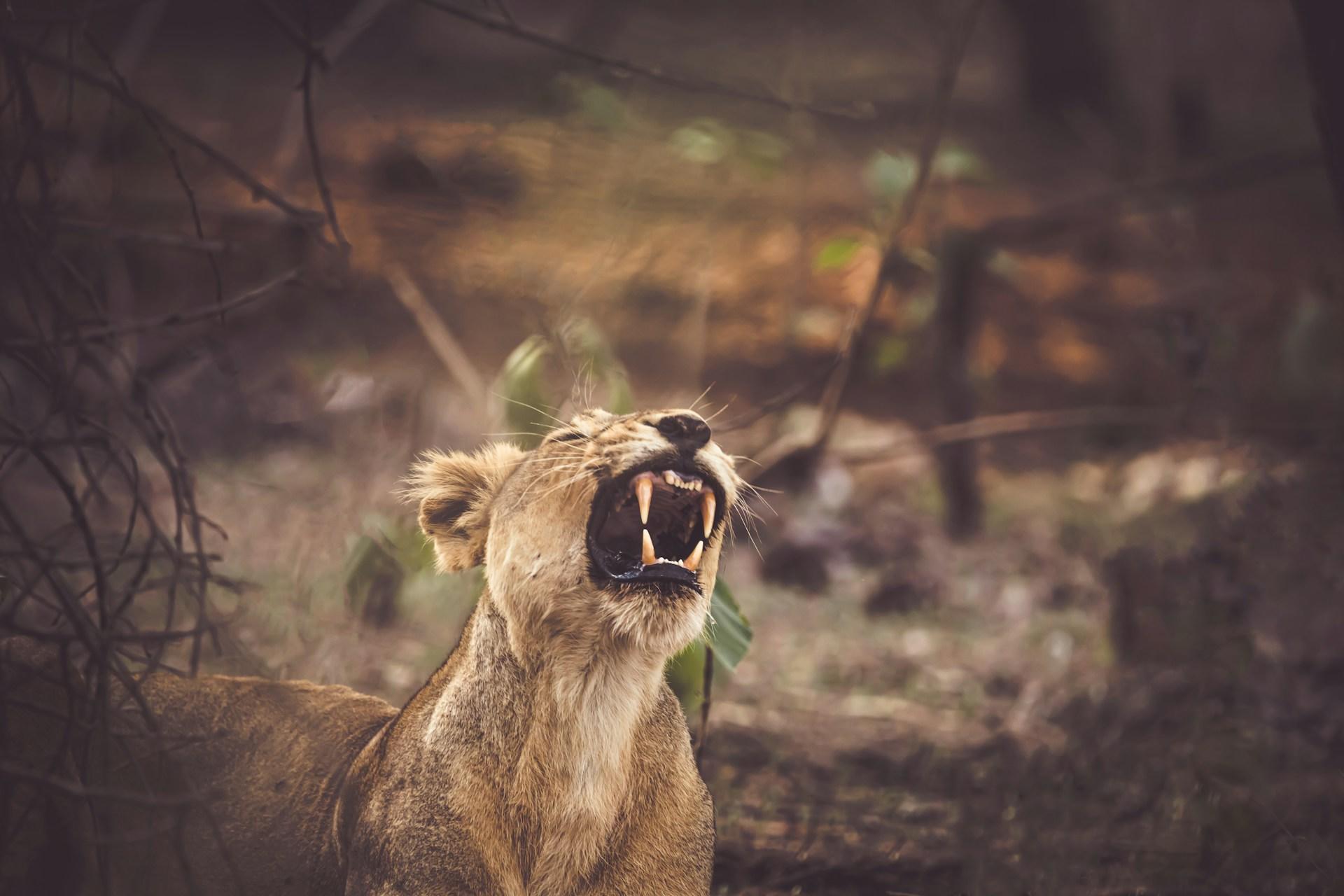
Why It’s Important to Patronize Ethical Animal Sanctuaries
While there are many places in the world advertised as a great place that helps animals and the environment, the truth is that many of them simply exploit and hurt the very animals they are claiming to be saving.
A good example of this is SeaWorld in the United States. While the company does participate in the rescue and rehabilitation of animals and provides education to the public, they are also notorious for essentially abusing some of the animals they have in captivity. For example, the orcas at SeaWorld are held in small, shallow pools, that are extremely confining for a creature that would naturally be travelling about 64 km (40 mi) per day and diving 30 - 152 m (100 - 500 ft) several times per day. The orcas are also made to perform in ways that have been proven to be distressing to the animals, and they are kept in their tanks alone instead of in pods made up of 2 - 15 individuals leaving them so psychologically distressed that they even harm themselves (perhaps) on purpose.
People who don’t know much about animal welfare might visit SeaWorld feeling good that part of the ticket cost is going to help animals, not realizing that they are also paying for the same animals to live in sub-par conditions.
All this is to say that if you want to make sure your money is helping the plants, animals, and ecosystem, it’s important to ensure that the place you are spending on actually helps instead of harms.
There are hundreds of National Parks and Wildlife Sanctuaries in India to choose from for your ecotourism needs! Explore the many biomes and see the countless different plant and animal species on your wildlife adventures!

